
Director, Book Publishing, John Fedor; Managing Editor, Abe Ogden; Associate Director, Consumer Books , Robert Anthony; Editor, Rebecca Lanning; Production Manager, Melissa Sprott; Cover Design, Bremmer & Goris; Printer, United Graphics, Inc.
2006 by the American Diabetes Association, Inc. All Rights Reserved. No part of this publication may be reproduced or transmitted in any form or by any means, electronic or mechanical, including duplication, recording, or any information storage and retrieval system, without the prior written permission of the American Diabetes Association.
Printed in the United States of America
1 3 5 7 9 10 8 6 4 2
The suggestions and information contained in this publication are generally consistent with the Clinical Practice Recommendations and other policies of the American Diabetes Association, but they do not represent the policy or position of the Association or any of its boards or committees. Reasonable steps have been taken to ensure the accuracy of the information presented. However, the American Diabetes Association cannot ensure the safety or efficacy of any product or service described in this publication. Individuals are advised to consult a physician or other appropriate health care professional before undertaking any diet or exercise program or taking any medication referred to in this publication. Professionals must use and apply their own professional judgment, experience, and training and should not rely solely on the information contained in this publication before prescribing any diet, exercise, or medication. The American Diabetes Associationits officers, directors, employees, volunteers, and membersassumes no responsibility or liability for personal or other injury, loss, or damage that may result from the suggestions or information in this publication.
 The paper in this publication meets the requirements of the ANSI Standard Z39.48-1992 (permanence of paper).
The paper in this publication meets the requirements of the ANSI Standard Z39.48-1992 (permanence of paper).
ADA titles may be purchased for business or promotional use or for special sales. To purchase this book in large quantities, or for custom editions of this book with your logo, contact Lee Romano Sequeira, Special Sales & Promotions, at the address below, or at LRomano@diabetes. org or 703-299-2046.
American Diabetes Association
1701 North Beauregard Street
Alexandria, Virginia 22311
Library of Congress Cataloging-in-Publication Data
Geil, Patti Bazel.
101 tips on nutrition for people with diabetes / Patti B. Geil, Lea Ann Holzmeister.2nd. ed.
p. cm.
Includes bibliographical references and index.
ISBN 1-58040-254-2 (alk. paper)
eISBN 978-1-58040-404-4
1. DiabetesDiet therapyMiscellanea. 2. DiabeticsNutritionMiscellanea. I. Holzmeister, Lea Ann. II. Title. III. Title: One hundred one tips on nutrition for people with diabetes.
RC662. G448 2006
616.4620654dc22
2006009890
To our families
Jeff, Erin, Adam, and Emily Holzmeister
Jack,Kristen, and Rachel Geil
101 thank-yous for your love and support!
Lea Ann and Patti
Contents
TYPE 1 & TYPE 2

How do I know when I should see a registered dietitian?
See a registered dietitian (RD) when your diabetes is first diagnosed, when a new doctor changes your treatment plan, or twice a year for a routine review of your meal plan and goals. See the RD more often if
- You want to improve your diabetes management.
- Your have a lifestyle or schedule change, such as a new job, marriage, or pregnancy.
- Your nutritional needs keep changing (children).
- Youve begun an exercise program or had a change in diabetes medication.
- You feel bored, frustrated, or unmotivated to use your meal plan.
- You have unexplained high and low blood glucose levels.
- Youre concerned about your weight or blood fat levels.
- You develop nutrition-related complications, such as high blood pressure or kidney disease.
You may have an RD on your diabetes team. Ask your doctor or hospital for a referral. You can also call the American Diabetes Association (800-342-2383), the American Dietetic Association (800-877-1600), or the American Association of Diabetes Educators (800-338-3633) for referrals. Many RDs are certified diabetes educators (CDEs) and have additional training in diabetes care.
TYPE 1 & TYPE 2

What should I eat until I can meet with the registered dietitian?
Eat the foods that are healthy for everyonegrains, beans, vegetables, fruits, low-fat milk, and meat. Cut down on foods and drinks with a lot of added sugar (soda, desserts, candy) and fat (fried foods, lunch meats, gravy, salad dressings). You do not need special or diet foods.
It is important to eat about the same amount of food at the same time each day. Dont eat one or two large meals. Try to eat at least three small meals each day, especially if you are taking diabetes medication. You may need a snack between meals and before you go to bed. Avoid drinking alcohol until you learn how it fits into your diabetes treatment plan. Remember, you can make a big difference in your diabetes management through what you choose to eat. Before you see the RD, keep a record of everything you eat and drink for 35 days and bring this record to your appointment. This will help the RD personalize the meal plan for you.
TYPE 1 & TYPE 2

How often do I need to eat to keep my blood glucose levels near normal?
This depends on the type of diabetes you have, your medications, the amount of physical activity you get, and where your blood glucose level is at the moment. An RD can help you decide.
For people with type 1 or people with type 2 who use insulin: Have food in your system when your insulin is peaking. You may need three meals and an evening snack. If you take two injections of short-and intermediate-acting insulin, you may need three meals and three snacks. If you use rapid-acting insulin, eat within 15 minutes of taking your insulin. You may need a snack for physical activity (see ). A common mistake is not waiting a half hour to eat after taking regular insulin. If you start eating before insulin activity is peaking, you may have higher blood glucose levels after meals.
For people with type 2: Eat a small meal every 23 hours. When you eat smaller amounts of food, your blood glucose levels are lower after eating. Mini-meals spread throughout the day may help control your hunger and calorie intake, leading to near-normal blood glucose levels and weight loss. Your blood cholesterol levels will also be lower.
TYPE 1 & TYPE 2

What can I eat for snacks?
Choose from the same healthy foods that you eat at meals. Often, snacks are based on foods with 15 grams of carbohydrate per serving. Choose foods from the grain group, such as air-popped popcorn, baked tortilla chips and salsa, graham crackers, whole grain crackers, pretzels, bagels, or cereal. Fresh fruits and vegetables make excellent snacks, and theyre also portable! To make a snack more substantial, add a source of low-fat protein, such as low-fat or skim milk, reduced-fat peanut butter on a slice of whole wheat bread or a bagel, low-fat cheese on whole wheat crackers, or a slice of turkey breast on whole-wheat bread. Keep in mind, however, that although adding protein to your snack may ward off hunger, it does not increase blood glucose to prevent hypoglycemia, and it may add unwanted calories.
Next page

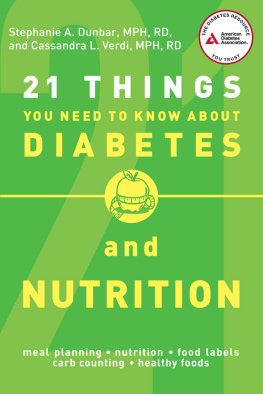

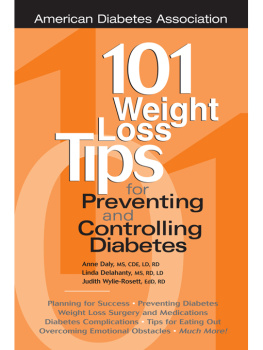

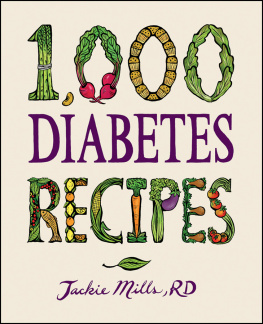
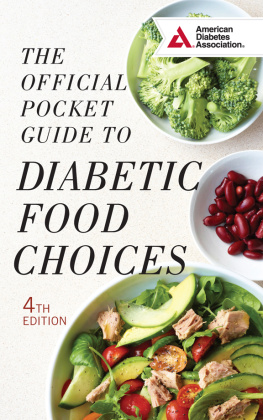

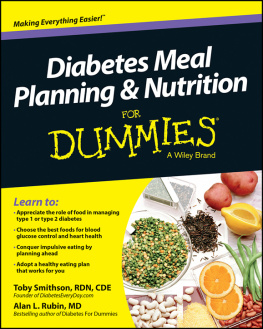


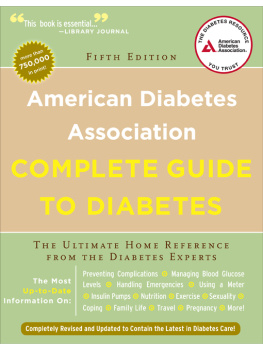
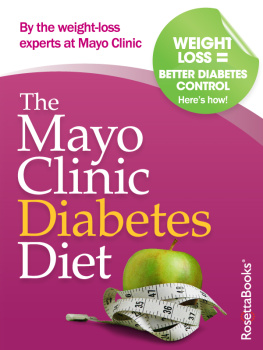

 The paper in this publication meets the requirements of the ANSI Standard Z39.48-1992 (permanence of paper).
The paper in this publication meets the requirements of the ANSI Standard Z39.48-1992 (permanence of paper).


